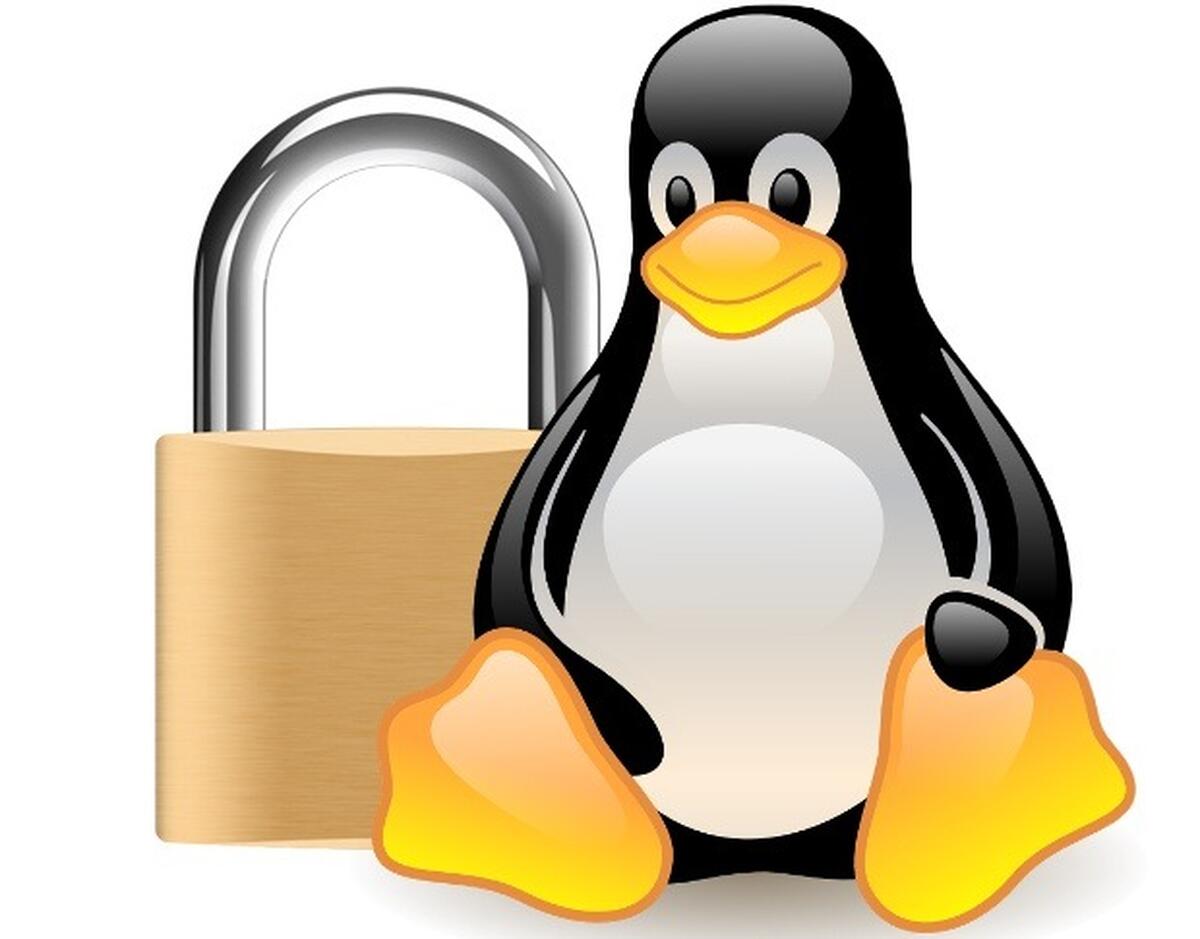
Setting up a secure Linux Server
This is not a comprehensive guide; but should get you started and prevent you from getting pwned immediately.
Following these small steps will make you a much harder target to compromise, and are probably not worth most hackers time.
There are a lot of automated attacks going around and hitting known server cluster IP ranges looking for low hanging fruit and vulnerable servers they can exploit.
Creating a Droplet
DigitalOcean makes it very simple to create a droplet. Once you have an account, create a droplet
- Name: Name your droplet whatever you want. This will become the hostname on the machine itself once it's created.
- Size: Go for the cheapest one. The most it will charge you is $5 / month (a very good deal imo).
- Location: I've found that the New York location is rather slow for me, so I usually opt for the San Francisco location.
- Image: Most people will be comfortable with Ubuntu; so we will select that.
Also important to note; you should opt for using LTS releases since they're supported for a while.
Login
Once created; DigitalOcean will e-mail you your new login credentials.
From a Terminal (OSX or Linux)
Open a terminal window and type in the following command:
ssh root@ipaddressIt will prompt for a password; enter the one sent to your email.
From Putty (Windows)
Download PuTTy if you don't have it already. PuTTy will simulate a terminal session similar to that on a Linux or OSX system.
Put in the supplied ip-address in the hostname field, and leave the port on 22. Then click connect.
You will be prompted for your password; feel free to copy and paste it from the email directly. If you did everything right; you should now be logged into your DigitalOcean node as the root user!
Installing Updates
The first thing you should do is bring all your software up to date.
DigitalOcean does pretty well keeping their images up to date; but you want to get in the habit of having the freshest updates to software on your system.
Use the following commands:
apt-get update
apt-get upgradeupdate will hit all the Ubuntu repositories and refresh any package names or versions.
upgrade will upgrade any out of date packages and remove anything that is now unnecessary on your system.
Disabling Root Access
It's a good idea to disable root user logins via SSH. Root is allowed to do literally anything on a system, so it's a dangerous account.
Add an admin (sudo) account
A sudo user is a user on a Linux system who as the ability to perform certain root-level operations after a password prompt. You should only give sudo access to users who absolutely need it.
Use the following command to add a new sudoer:
useradd -g sudo -s /bin/bash patIt will prompt you for a password and email; put whatever you like there (it can be changed later if desired).
Once done; I would highly recommend starting another terminal or PuTTy session and logging in as this user to verify that you're able to login. The last thing you want is to lock yourself out.
Disable Root Login over SSH
Next you'll need to stop the root user from logging in at all.
vim /etc/ssh/sshd_configLook for a line that says PermitRootLogin and set it to no
Then reset the SSH server:
systemctl restart sshdFirewall
Another important thing to do is to stop automated port scanning attacks on your server. At the moment, we are only using a single port for our communications, 22 for SSH. A firewall can stop other hosts from connecting to those ports, hogging up system resources, and potentially exploiting unknown vulnerabilities.
You should tune the rules to your liking, but heres a good boilerplate to start from
wget https://gist.githubusercontent.com/ns-phennessy/5a3b60e41022748f5f68/raw/e9e96a793dd5668b8568a437e083594318a41c86/Firewall%20Script
chmod +x Firewall\ Script
sudo bash Firewall\ ScriptThe script will setup sensible defaults and leave port 22 open. IT IS VERY IMPORTANT TO NEVER CLOSE PORT 22. You will lock yourself out of your system if you do this.
Fail2Ban
Fail2Ban is a daemon that follows the authentication log and see if any IP address has too many failed login attempts, and temporarily bans them.
Install it and setup default config:
sudo apt-get install fail2ban
sudo cp /etc/fail2ban/jail.conf /etc/fail2ban/jail.localYou can now go and tweak your jail settings.
sudo vim /etc/fail2ban/jail.localI like to set my bantime ridiculously high but give myself a maxretry of at least 5 over a findtime of about 10 minutes.
Remember that the goal is to catch brute force attacks, you need to be aware that your rules will have to reflect the kind of traffic you're seeing. A smart attacker will brute force your system slowly to avoid getting caught up in filters like this one.
Done!
Congrats, you're setup and had your first taste with server security. Hopefully this article has given you some insight into how to setup and maintain a Linux server and not get immediately hacked